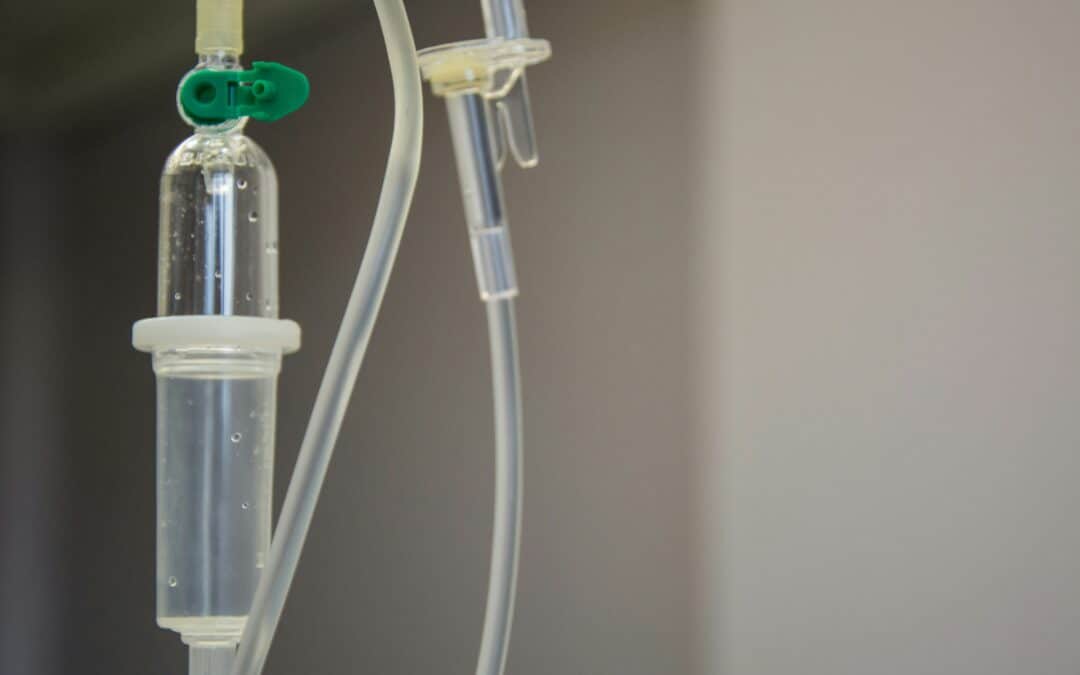Sickle cell disease (SCD) is a hereditary blood disorder that affects the shape and function of red blood cells. Unlike normal red blood cells, which are round and flexible, sickle cells are rigid and crescent-shaped, which makes it difficult for them to flow smoothly through blood vessels. This leads to various health complications, ranging from mild to life-threatening. Understanding the symptoms, causes, and treatment options is crucial for both patients and their caregivers.
What Causes Sickle Cell Disease?
Sickle cell disease is caused by a mutation in the gene that instructs the body to make hemoglobin, the protein in red blood cells responsible for carrying oxygen. This mutation leads to the production of abnormal hemoglobin, known as hemoglobin S, which causes red blood cells to become sickle-shaped. The disorder is inherited when both parents carry the sickle cell trait (SCT), a condition where an individual has one normal hemoglobin gene and one sickle hemoglobin gene.
A person with SCT does not typically have symptoms of the disease but can pass the trait on to their children. If both parents pass on the sickle hemoglobin gene, the child will have sickle cell disease.
Common Symptoms of Sickle Cell Disease
The symptoms of SCD can vary from person to person and may change over time. Some individuals may experience frequent and severe symptoms, while others have milder, less frequent episodes. Common symptoms include:
- Pain Crises: One of the most well-known symptoms of SCD is episodes of severe pain, known as pain crises. These occur when sickle-shaped red blood cells block blood flow in small blood vessels, preventing oxygen from reaching tissues. These crises can last for hours or days and may require hospitalization for pain management.
- Fatigue and Weakness: Due to the reduced ability of sickle cells to carry oxygen, individuals with SCD often experience fatigue, weakness, and shortness of breath.
- Anemia: Sickle cells have a shorter lifespan than normal red blood cells, leading to a constant shortage of red blood cells, known as anemia. This can cause symptoms like pale skin, dizziness, and delayed growth in children.
- Swelling in Hands and Feet: Blockages in the blood vessels can cause swelling in the hands and feet, especially in infants and young children.
- Frequent Infections: SCD can weaken the immune system, making individuals more prone to infections, especially in children. The spleen, which helps fight infections, may become damaged over time due to sickle cells blocking blood flow to the organ.
- Delayed Growth and Puberty: Children with SCD often grow more slowly than their peers and may reach puberty later due to chronic anemia.
- Vision Problems: The small blood vessels in the eyes can become blocked by sickle cells, leading to vision problems or even blindness in severe cases.
Complications of Sickle Cell Disease
SCD can lead to a variety of complications, some of which can be life-threatening. These include:
- Stroke: Blockages in the blood vessels in the brain can cause a stroke, which is a serious complication of SCD.
- Acute Chest Syndrome: This is a severe lung-related complication that occurs when sickle cells block the blood vessels in the lungs, leading to chest pain, fever, and difficulty breathing.
- Organ Damage: Over time, the repeated blockages in blood vessels can cause damage to vital organs like the liver, kidneys, and spleen, leading to organ failure.
Treatment Options for Sickle Cell Disease
While there is no universal cure for sickle cell disease, various treatments can help manage symptoms and reduce complications. The treatment plan for SCD typically depends on the individual’s symptoms, age, and overall health. Common treatment options include:
- Medications:
- Hydroxyurea: This medication helps reduce the frequency of pain crises and the need for blood transfusions. It works by increasing the production of fetal hemoglobin, which helps prevent red blood cells from sickling.
- Pain Relievers: Over-the-counter pain medications, such as ibuprofen, and stronger prescription painkillers may be used to manage pain crises.
- Antibiotics and Vaccinations: To prevent infections, especially in children, antibiotics such as penicillin may be prescribed, and vaccines are recommended to protect against infections like pneumonia and meningitis.
- Blood Transfusions:
- Blood transfusions are commonly used to treat severe anemia and prevent complications like stroke. In some cases, regular blood transfusions may be required to maintain adequate oxygen levels in the body.
- Bone Marrow Transplant:
- A bone marrow or stem cell transplant is the only potential cure for SCD. This procedure involves replacing the patient’s abnormal bone marrow with healthy donor marrow. However, it carries significant risks and is only suitable for some patients, typically those with a matched sibling donor.
- Gene Therapy (Emerging Treatment):
- Gene therapy is an experimental treatment that seeks to correct the genetic mutation that causes SCD. While still in clinical trials, early results are promising and offer hope for a future cure.
- Lifestyle and Self-Care:
- Individuals with SCD can reduce complications by maintaining a healthy lifestyle. This includes staying hydrated, avoiding extreme temperatures, eating a nutritious diet, and practicing good hygiene to reduce infection risks. Regular medical check-ups are essential for monitoring health and managing the disease effectively.
Conclusion
Sickle cell disease is a complex condition that can have a significant impact on an individual’s quality of life. However, with proper management, many people with SCD can lead fulfilling lives. Understanding the symptoms, causes, and treatment options is key to managing the disease and improving the overall well-being of those affected. Advances in research, including gene therapy, offer hope for a future where sickle cell disease may one day be curable.
If you or someone you know is living with sickle cell disease, it’s important to seek regular medical care and stay informed about new treatments and therapies.

